#wilderness
Text

Alpine mountain views - Adlerweg, Tirol, Austria, October 2022
photo by: nature-hiking
#alps#mountains#landscape#autumn#austria#alpine mountain views#adlerweg#fall#long distance trail#wilderness#backcountry#hiking#trekking#nature#photography#original photography#photographers on tumblr#adlerweg 2022
174 notes
·
View notes
Text

Kilian Schönberger (@kilianschoenberger)
67 notes
·
View notes
Text
#korean drama#菊地姫奈#directioners#chess#hairspray#film#digital arwork#wilderness#diaper faggot#The Mindy Project#hard kink
123 notes
·
View notes
Text
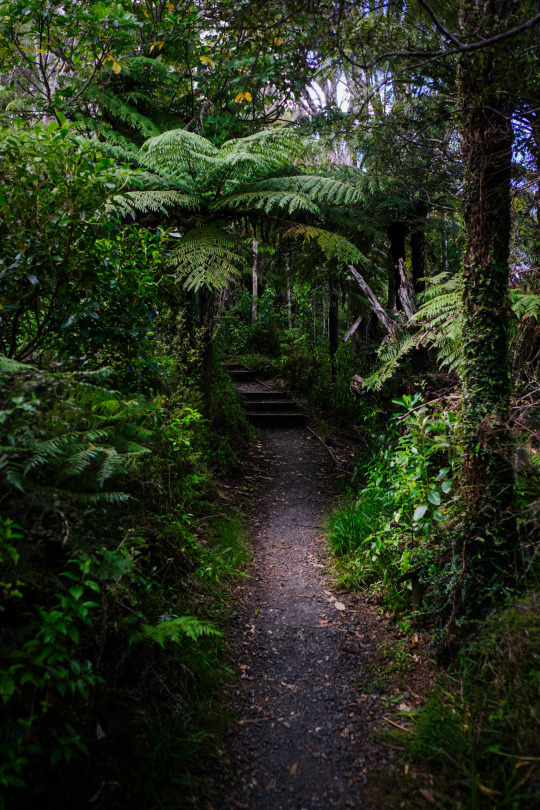



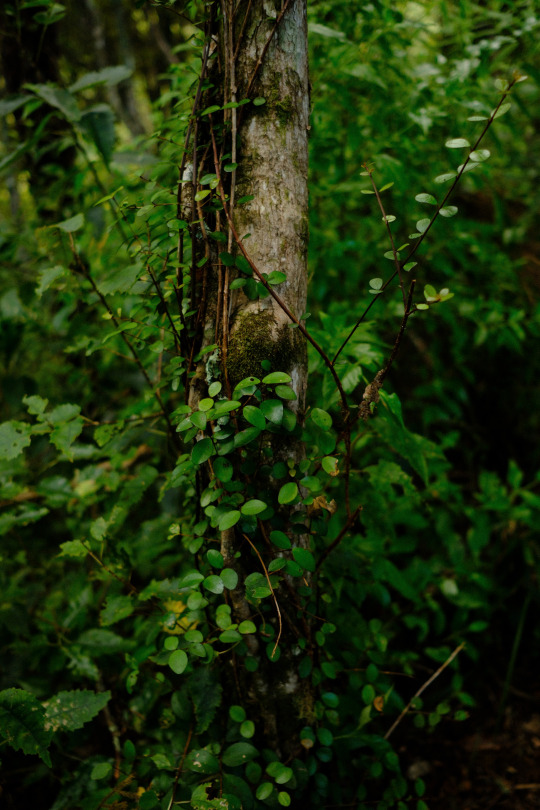
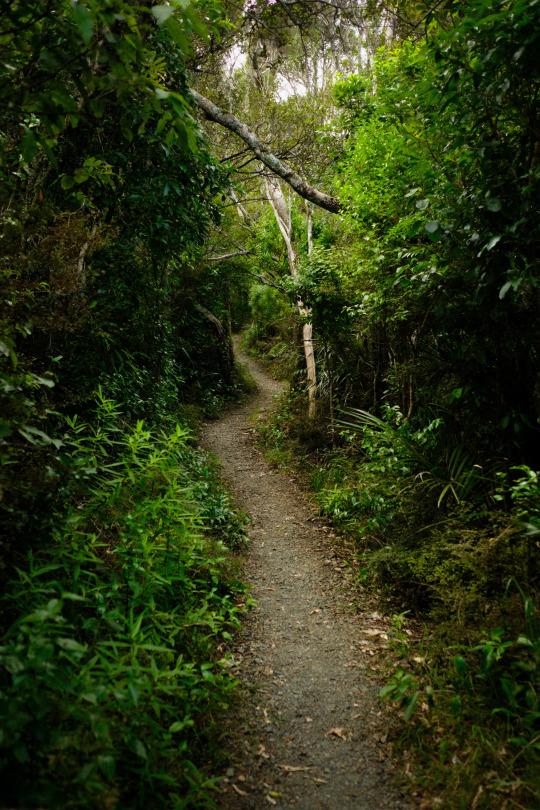
Dome Forest Walkway - a steep, muddy trek through a dense reserve. Cicadas and insects trill so loudly, you’d swear they crept into your raincoat.
I took the stairs two at a time to get to a spectacular lookout of rolling hills that photographed as nothing more than a soft green gradient. I found myself squinting into my camera, disappointed that hundreds of my blobby landscape photos couldn’t do justice to what I was witnessing. But then I recognized that my fixation prevented me from “witnessing” anything at all.
A frequent impulse that needs to be broken by frequent reminders.
#fujifilm#fujixseries#original photographers#photographers on tumblr#aotearoa#forest#new zealand#auckland#landscape photography#slow travel#original photography#fujifilmxseries#woods#trees#green moodboard#wilderness#photo diary#artists on tumblr#thoughts#internet culture
25 notes
·
View notes
Text

Reynard's Arch, Peak District
#alexmurison#me#personal#peak district#wander#wanderlust#travel#walking#hiking#explore more#wilderness#walk#adventure#explore#traveling#destination#lensblr#original photographers#photographers on tumblr#original photography#uk#great britain
31 notes
·
View notes
Text
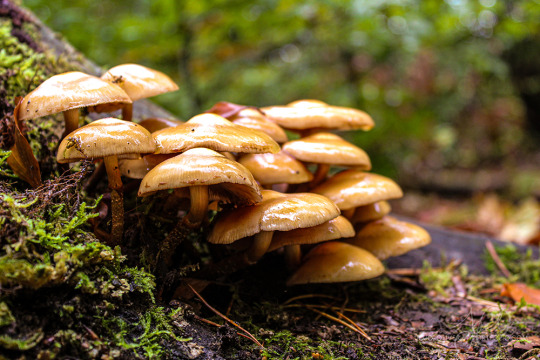
sheathed woodtuft / kuehneromyces mutabilis
Rhineland-Palatinate, Germany
#jojoliverphotography#mushrooms#fungi#mycology#fungus#cottagecore#nature#forest#nature photography#europe#germany#photography#photographers on tumblr#lensblr#wilderness#adventure#foraging#my photography
30 notes
·
View notes
Photo

Pitlochry by Kyle Bonallo (ig: @kylebonallo)
#nature#landscape#lensblr#fall#original photographers#autumn#photographers on tumblr#canon#scotland#photography#travel#vertical#wilderness#vintage#pitlochry
10K notes
·
View notes
Text
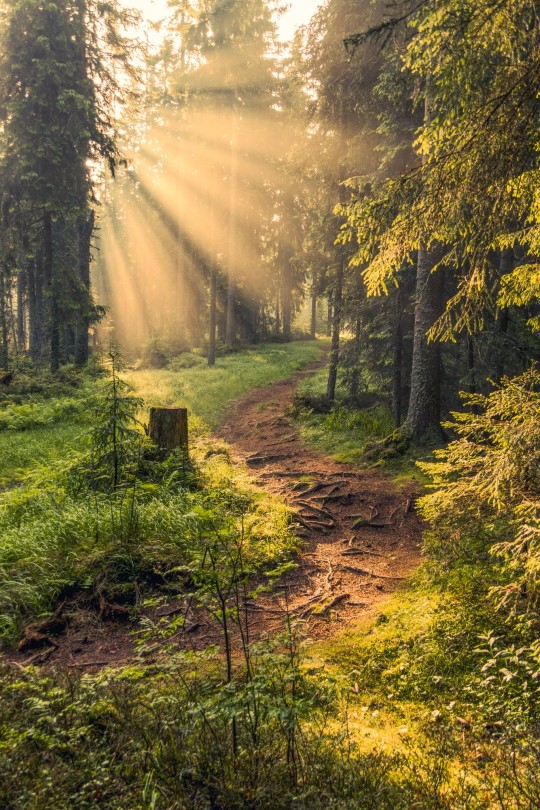
#photography#wanderlust#landscape#nature#forest#foggy nature#foggy aesthetic#foggyweather#foggy day#wilderness#artists on tumblr#tumblr photo blog
9K notes
·
View notes
Text

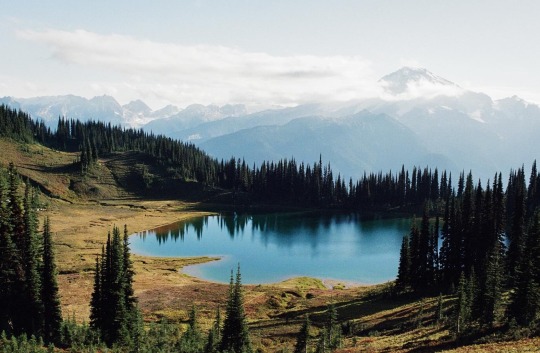


Glacier Peak Wilderness
filmoutside
3K notes
·
View notes
Text
“I loathe that word ‘pristine.’ There have been no pristine systems on this planet for thousands of years,” says Kawika Winter, an Indigenous biocultural ecologist at the University of Hawaiʻi at Mānoa. “Humans and nature can co-exist, and both can thrive.”
For example, in the Proceedings of the National Academy of Sciences (PNAS) in April, a team of researchers from over a dozen institutions reported that humans have been reshaping at least three-quarters of the planet’s land for as long as 12,000 years. In fact, they found, many landscapes with high biodiversity considered to be “wild” today are more strongly linked to past human land use than to contemporary practices that emphasize leaving land untouched. This insight contradicts the idea that humans can only have a neutral or negative effect on the landscape.
Anthropologists and other scholars have critiqued the idea of pristine wilderness for over half a century. Today new findings are driving a second wave of research into how humans have shaped the planet, propelled by increasingly powerful scientific techniques, as well as the compounding crises of climate change and biodiversity loss. The conclusions have added to ongoing debates in the conservation world—though not without controversy. In particular, many discussions hinge on whether Indigenous and preindustrial approaches to the natural world could contribute to a more sustainable future, if applied more widely.
3K notes
·
View notes
Text

#camping#camp#campsite#outdoors#nature#wilderness#discover#adventure#explore#campout#camplife#river gif#gif
4K notes
·
View notes
Photo

Sunset on the Matterhorn - Alpine Haute Route, June 2021
photo by: nature-hiking
#sunset#matterhorn#lake#mountains#landscape#alps#switzerland#zermatt#sunset on the matterhorn#AHR#Alpine Haute Route#long distance trail#wilderness#hiking#trekking#nature#photography#original photography#photographers on tumblr#AHR 2021
5K notes
·
View notes
Text
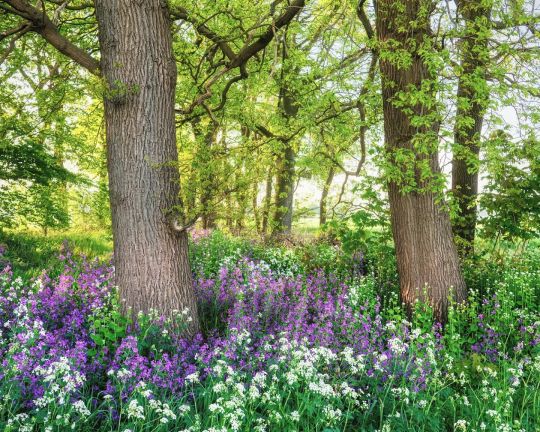
Kilian Schönberger (@kilianschoenberger)
63 notes
·
View notes
Photo

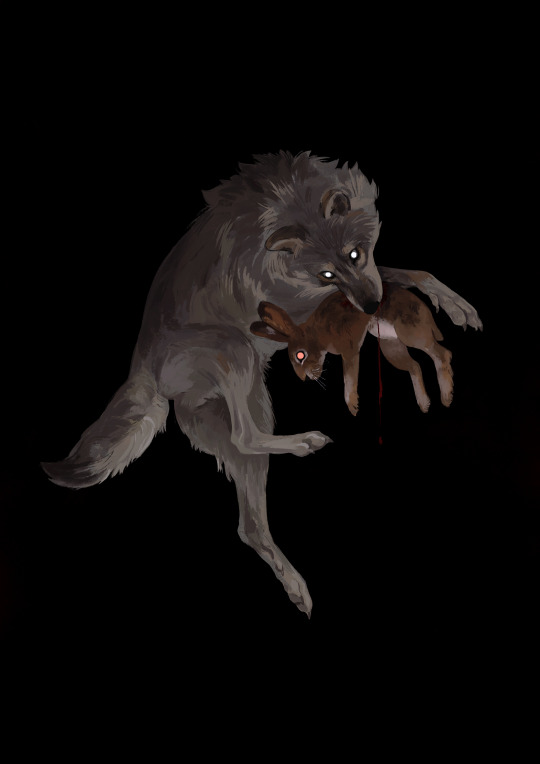
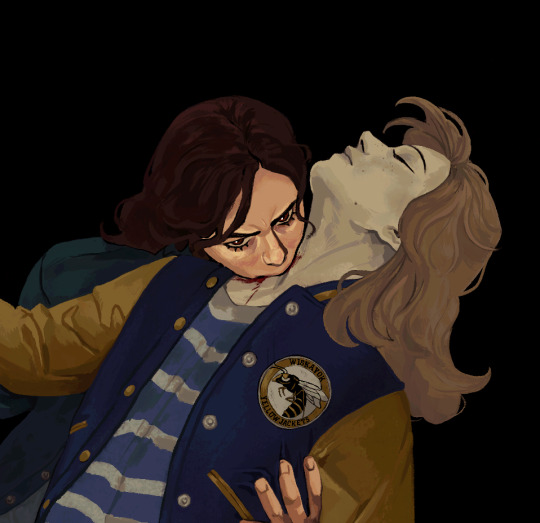
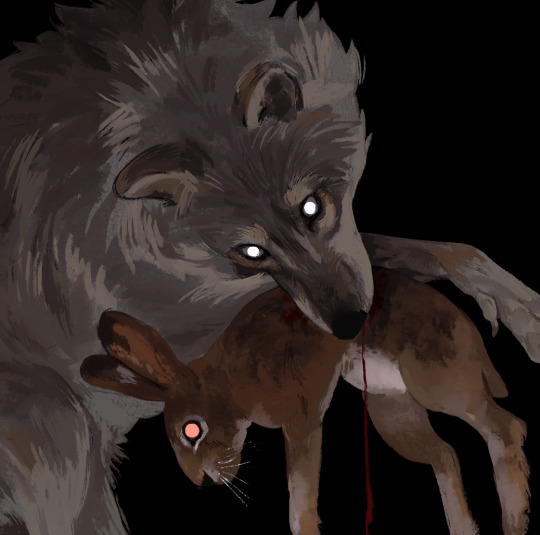
I will eat you alive
I will eat you alive
And there'll be no more lies
#yellowjackets#jackieshauna#shauna shipman#jackie taylor#horror#digital art#illustration#procreate#wilderness#wlw#my art#Art#blood#wolf#rabbit
5K notes
·
View notes
Text
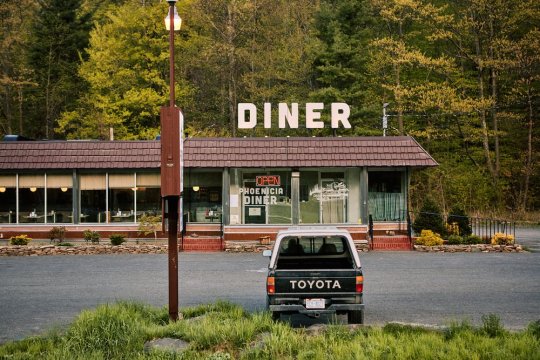


#food#delicious#tasty#morning#breakfast#egg#fried egg#bread#toast#diner#restaurant#coffee#drink#mug#toyota#truck#nature#trees#forest#wilderness#green#1k
5K notes
·
View notes
Text


OLIVER JACKSON-COHEN as Will Taylor
"Happily Ever After" — Wilderness (1.01)
#oliver jackson cohen#ojcedit#ojacksoncohenedit#homoinitiative#holesrus#userpedro#flawlessgentlemen#menedit#wilderness#gif#mine#*
2K notes
·
View notes